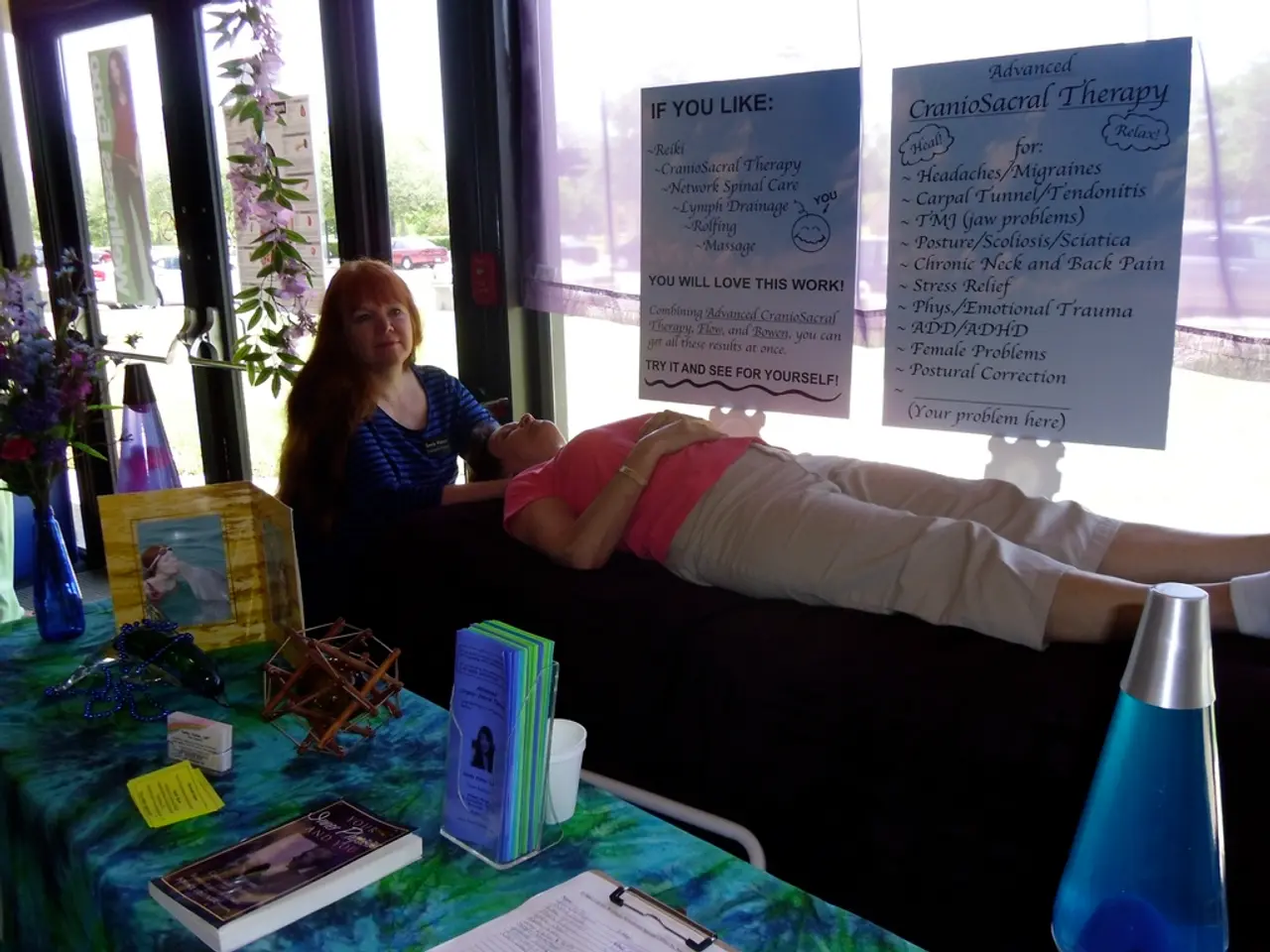Synthetic Joyful Recollections Could Be the Future Arsenal in the Battle Against Depression
In a groundbreaking study, researchers have discovered a new approach to treating depression by artificially reactivating positive memories in the brains of rats. This innovative method, made possible by the use of optogenetics, could pave the way for potential treatments in humans.
The Power of Positive Memories
Researchers used optogenetics to tag cells in the dentate gyrus of depressed rats with light-sensitive molecules. By artificially reactivating these cells that were active during positive experiences, they were able to lift depression symptoms in the rats. This was evidenced by the rats showing renewed interest in sugar water, a sign of improved mood and reduced signs of depression-like behavior.
The brain region responsible for this process is the hippocampus, specifically the dentate gyrus. This region is critical for memory and emotion regulation, and its dysfunction is often associated with depression.
From Rats to Humans
The psychology and physiology of mammals, including humans, share remarkably similar brain structures and neurochemical systems, particularly in regions governing basic emotions and memory formation. This means that the findings from the rat studies could have significant implications for human depression therapies.
Techniques might include neuromodulation, deep brain stimulation, or behavioral therapies designed to enhance the natural replay and strengthening of positive memories during rest or sleep. Understanding ripple activities and replay patterns in humans, similar to those studied in rodents, may help develop biomarkers and interventions that promote effective memory reactivation for mood improvement.
A New Approach to Treatment
This study suggests that the treatment for depression might not be creating new positive experiences, but finding ways to reactivate existing positive memories that have become inaccessible due to depression. This could potentially be achieved through the use of external and artificial triggers, such as light stimulation, to unblock the access to these positive memories.
The Advantages of the Rat Model
The rat model offers advantages such as the ability to precisely manipulate and observe brain activity in ways that would be impossible in human subjects. Researchers are also exploring drugs that might increase neuroplasticity in combination with therapeutic techniques that encourage positive memory retrieval.
The Future of Depression Treatment
Optogenetics, the technique used in the study, represents one of neuroscience's most powerful innovations. This research suggests that therapies helping patients reconnect with positive memories, perhaps through guided reminiscence enhanced by appropriate brain stimulation techniques, might prove particularly effective in treating depression.
In depression, the normal functioning of the dentate gyrus becomes compromised. By artificially reactivating the cells associated with positive experiences in the dentate gyrus, researchers were able to alleviate depression symptoms in rats. This discovery could lead to a radical new approach to treating human depression: finding ways to unlock positive memories that remain trapped behind depression's neurological barriers.
[1] Reference for further reading [3] Another reference for further reading
In the light of this research, a potential health-and-wellness and mental-health method, possibly through guided reminiscence enhanced by appropriate brain stimulation techniques, could be developed for treating depression in humans, aligning with modern science. By understanding the ripple activities and replay patterns in humans similar to those studied in rodents, we might be able to identify effective biomarkers and interventions for enhancing positive memory reactivation, consequently improving mood.




